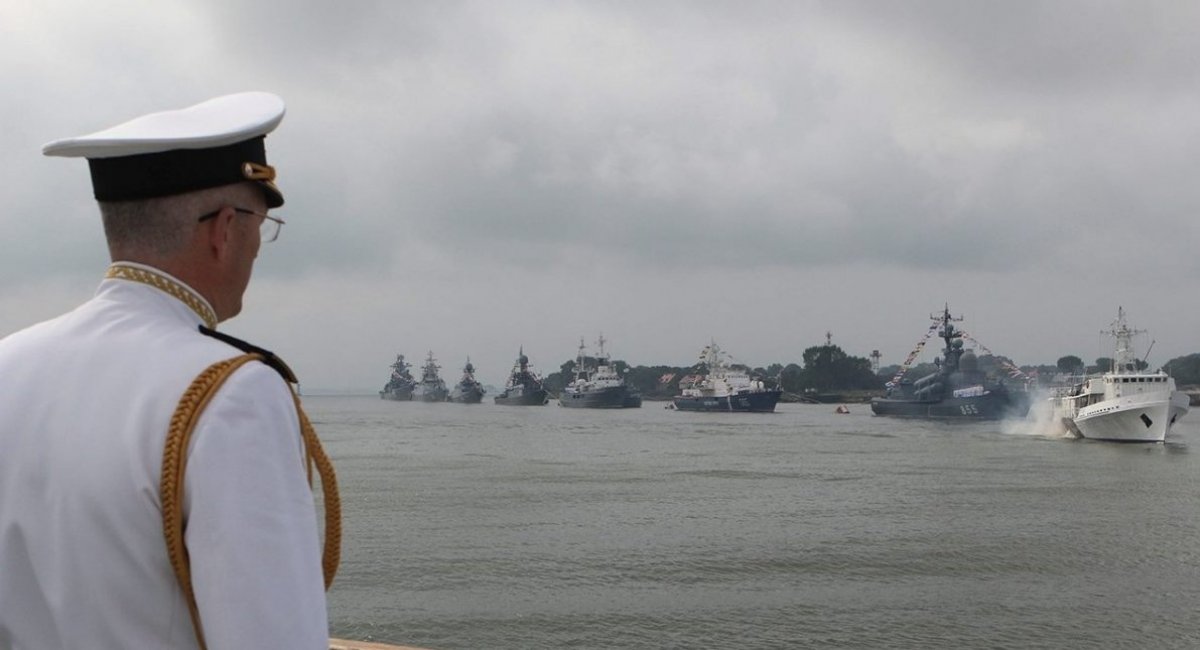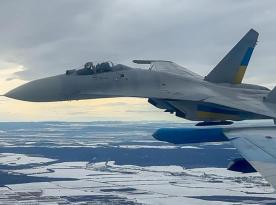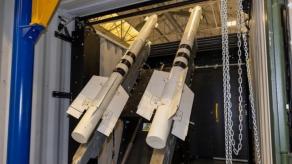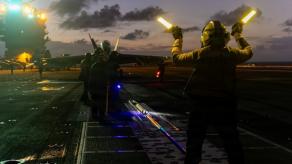Despite the fact russia failed to organize the Victory Day parade on May 9 this year by presenting only one T-34 tank on the country's main square, the Kremlin is poised to carry out another event soon, the so-called "main parade of the Navy" in St. Petersburg.
According to the russian state media agency TASS, the decision has been made, and the date's been chosen, too. The parade will take place on July 30, and it will involve warships of the Baltic Fleet – even though the combat capability of this formation raises concern among russians themselves in the first place.
Read more: What Realy Heppened With russian Reconnaissance Ship "Ivan Hurs"
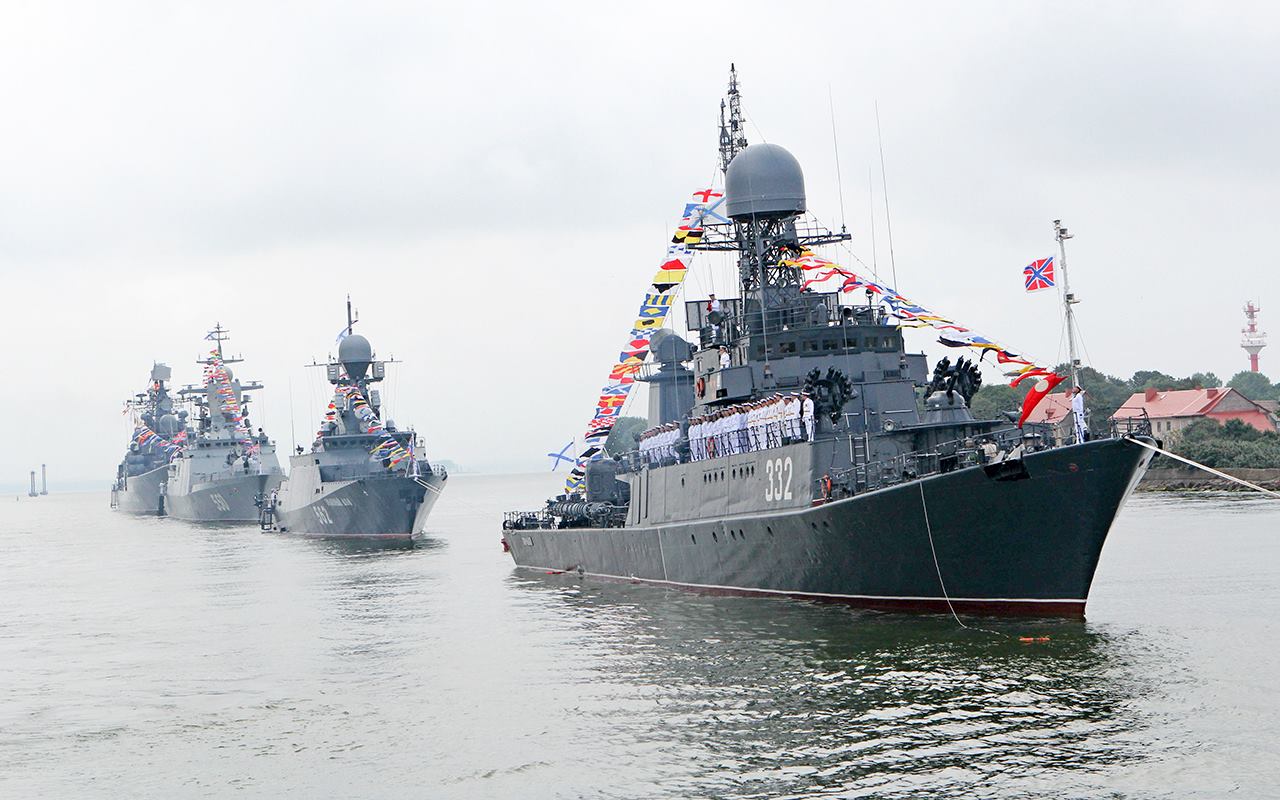
Both in terms of numbers and qualities, it ranks last among the other fleets of the russian federation: the Northern Fleet, the Pacific Fleet, and the Black Sea Fleet. For example, there is only one submarine in the Baltic, the one called Dmitrov of Project 877 Paltus (NATO name Kilo) built back in 1986. Though fair to note that the shallow waters of the Baltic Sea are not welcoming to submarines in general.
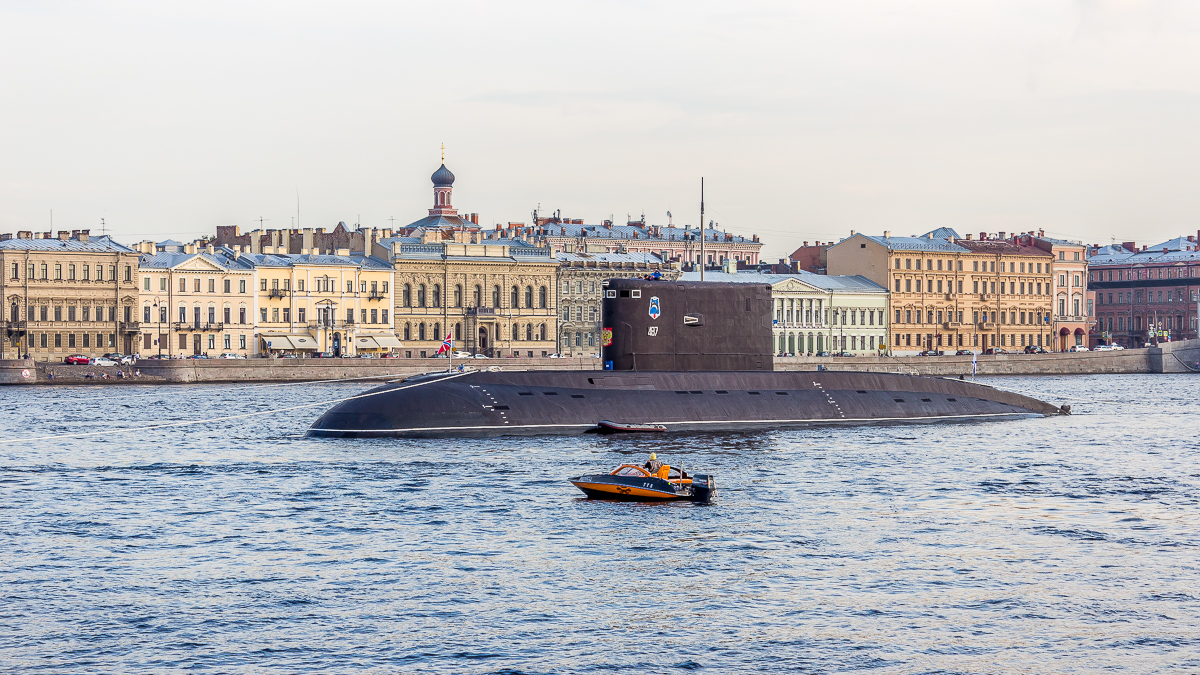
The formally assigned flagship of the Baltic Fleet is the Nastoychivy destroyer of Project 956 Sarych commissioned in 1992. The common problem of the ships of this project is the main engine, and the Moskit anti-ship missiles are no longer relevant in nowaday warfare.
The current "core" of the Baltic Fleet are four Project 20380 corvettes (entered service in 2008–2014) built by old design that implied their main armament would be the Kh-35 and to shoot missiles. Whereas the universal launch silos compatible with Kalibr and Oniks missiles were installed only on three Buyan-M class corvettes (entered service with the fleet in 2015–2022) and also on three Project 22800 Karakurt corvettes (2018–2020).
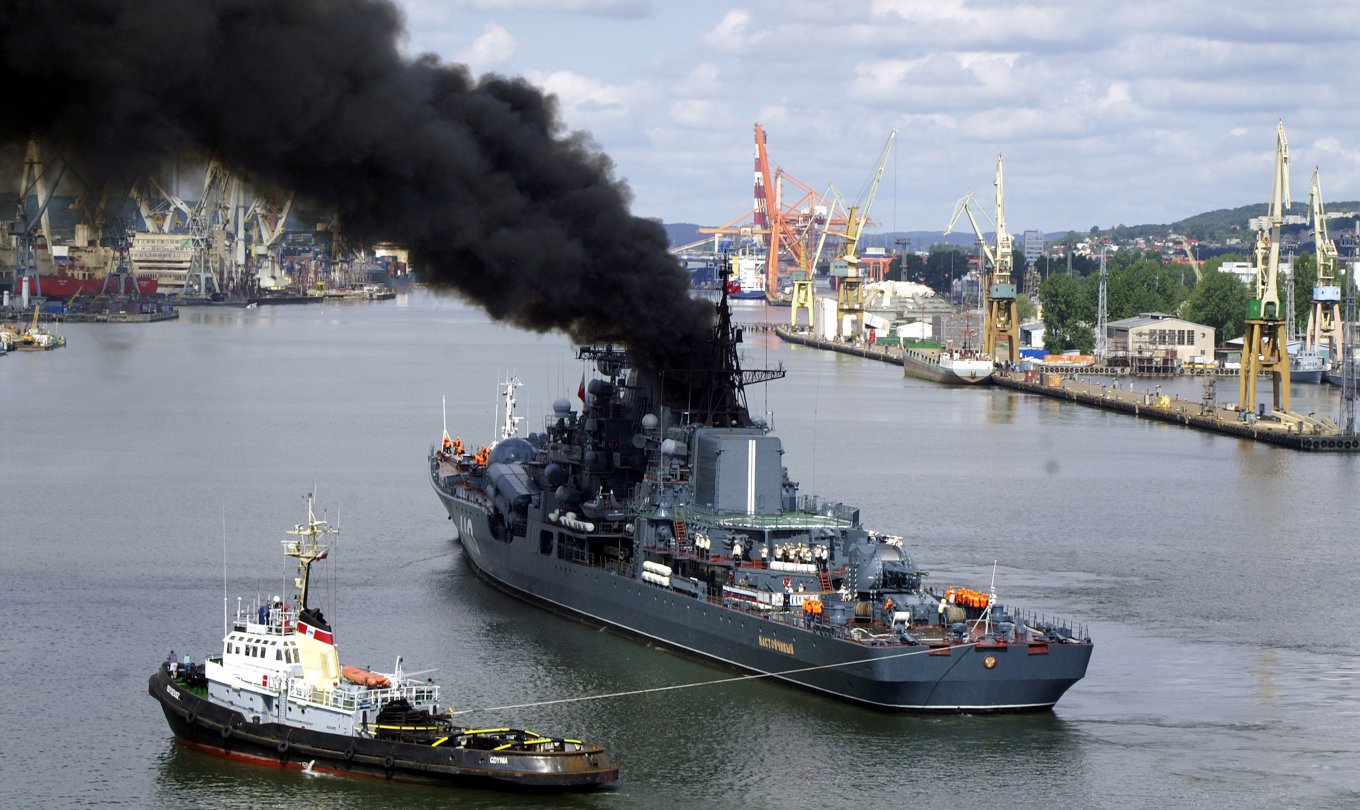
The rest of the 29 total combat ships (w/o amphibious assault ships) and boats are represented by the following types of watercraft: six Molniya-class missile boats (NATO name Tarantul), six Project 1331-M anti-submarine corvettes, four Project 1234 Ovod corvettes, and two Project 11540 Yastreb frigates.
The main problem the Baltic Fleet of the russian federation now faces is the very geography of the Baltic Sea. After Finland's accession to NATO, it ultimately became the Alliance's internal sea. What's more, all the bases of the russian Baltic Fleet – Kronstadt and Baltiysk in the Kaliningrad region – are now within reach of tactical weapons. And there is physically no place for ships to hide in the Baltic.

On that note, if an all-out war were to break out, the entire Baltic Fleet will have only as much time left as it takes short-range missiles to reach the vessels and the coastal infrastructure.
Furthermore, even deploying sea mines on the fairways would be enough to keep the entire Baltic Fleet at bay because the russians only have one standard naval trawler. But all these factors don't seem to disconcert the russians on their way to show off the warships, maybe not so much to NATO as to the Kremlin's leader.
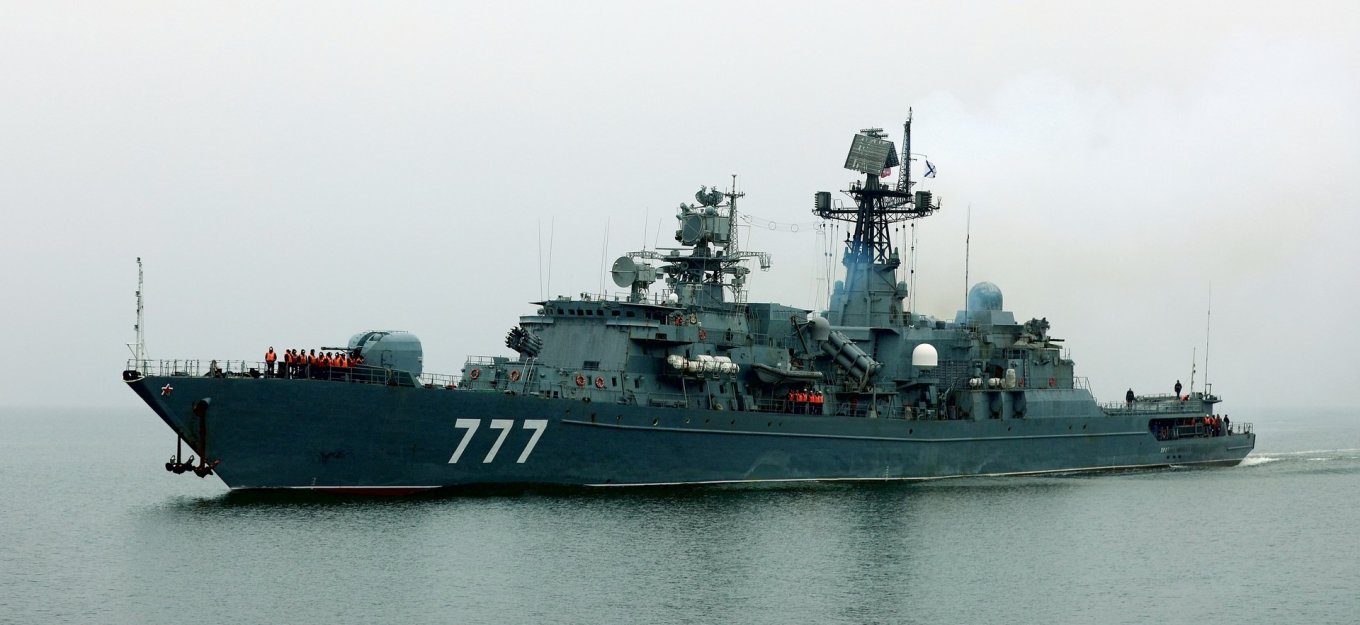
Read more: Three More Newly-Made Kalibr Missile Carriers Are to be Released from Crimean Shipyards and Adopted by russian Navy This Year




